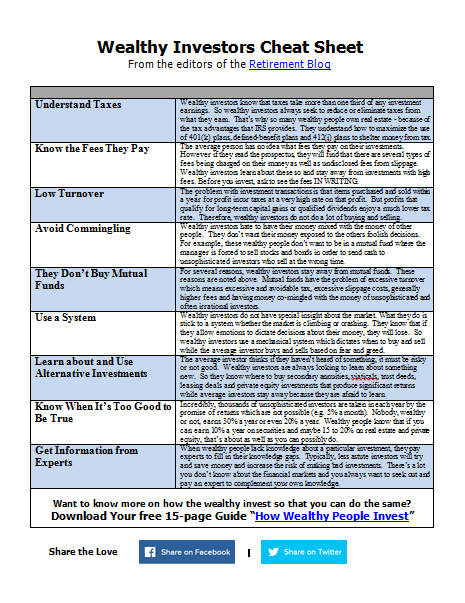Is there a better way to manage your mutual fund portfolio through the ups & downs of the market?
If you have been a "buy-and-hold" investor through the most recent bull and bear markets, you might be aware of the shortcomings of this strategy. A buy-and-hold strategy seems to work out well in a bull market when the stock market, as a whole, is rising. But in a bear market, the buy-and-hold mutual fund portfolio strategy could require you to sit, wait and hope that the bull market returns soon so you can try to recover your losses. NOW THAT YOU'VE LOST MONEY in your mutual fund portfolio, there is no magic way to get it back in a hurry.
Although no strategy is guaranteed to have you retire rich, there is another alternative. A number of professional investment managers take a different approach to building a mutual fund portfolio. Instead of sitting and waiting, they seek out investment gains whenever and wherever they may appear in the market, and attempt to avoid investments that could spell trouble down the road. These managers practice an investment strategy known as "tactical asset allocation." Warning--most people don't have the stomach to manage their mutual fund portfolio in this way but for those who are bold, here are the guidelines.
1. You buy what other people don't want. If your Russian mutual fund fell more than any other type of fund, that's what you buy
2. You sell what everyone else wants. If your gold fund doubled, sell it (or at least trim back).
3. Select the same time annually (or quarterly) to rebalance your portfolio and don't touch it in between
One page "invest like the rich" cheat sheet provides short explanations of how the rich investment differently. You don't need to be rich to copy what they do. Download now.
Morningstar did a study which showed that buying the mutual funds which had performed the worst in any year subsequently outperformed in the following three years. The implication is clear--if you want a winning mutual fund portfolio, you have got to be a contrarian and buy what looks bad today.
Instead of implementing these rules to manage your mutual fund portfolio on your own, you may want a professional to do it.
Tactical asset allocation, when applied by professionals, will manage your mutual fund portfolio moving from stocks to bonds to cash depending on where the investment manager believes the best opportunities for returns will be found. Other strategies may rotate your holdings among different sectors of the market (e.g.: energy, technology, health care, etc.) or different types of stocks (e.g.: growth or value, large-cap or small-cap.) It depends on what areas the manager believes will do well given the current market and economic conditions. Notice that the three guidelines to manage your mutual fund portfolio in the previous paragraph for do-it-yourselfers are much more structured than what professionals my employ.
One possible advantage of using a tactical asset allocation manager is that your portfolio is under constant supervision during all phases of the market cycles. A tactical asset allocation manager evaluates conditions in the financial markets on a regular basis to determine where the best opportunities (buy) and the highest risks (sell) could potentially be found. Then, the manager invests your mutual fund portfolio in different investments based on this evaluation. The manager also monitors performance to help your portfolio remain on track to meet its objectives.
Tactical asset allocation strategies do not come without risks. There is always the risk that the manager could be wrong about the market and may miss out on gains or suffer losses. Plus, a tactical strategy may trigger more capital gains and result in higher income taxes. For some investors these mutual fund portfolio management strategies work better in a tax-deferred account.
A tactical asset allocation strategy can be used by itself or may complement the "buy-and hold" portion of your portfolio. Either way, tactical asset allocation can provide a disciplined strategy for managing risks and seeking out returns in an ever-changing market environment to improve returns of your mutual fund portfolio.
If it's all too complex, check the fixed annuity calculator to see what you'll have by just throwing your funds into a safe fixed annuity.
Email leads of investors who need assistance with mutual funds.

Reminds me of the old dog of dow trade. Makes since sometimes. If you do mutiple trades not just one you should wind up with a few that make alot of money and some that don't This way you wind up making money and maybe more than average of the market.
High yield savingss last blog post..Best high yield certificate of deposit rates.
This reminds me of dogs of the dow investing. You buy the stocks that did the worst that yearand half will out perform market next year. You shopuld also invest in some things that create income like dividends or trusts so you always make some money every year.
Although I have not invested anything in mutual fund, but thanks for the tips here. It will probably be helpful for me when I started investing in mutual funds.
Thanks!
Mutual funds have done poorly on average compared to Index funds.
Warren Buffet recommends investing in Index funds because anyone with no knowledge about the stock market could outperform most mutual fund managers.
Not sure I agree with the statement that you need a professional to help you manage a mutual fund portfolio. If you can't manage it yourself then you should just put your money on a CD 🙂
Watch insider trading.